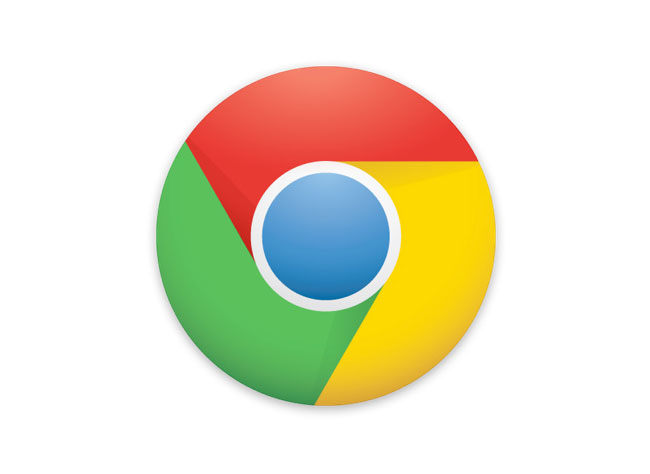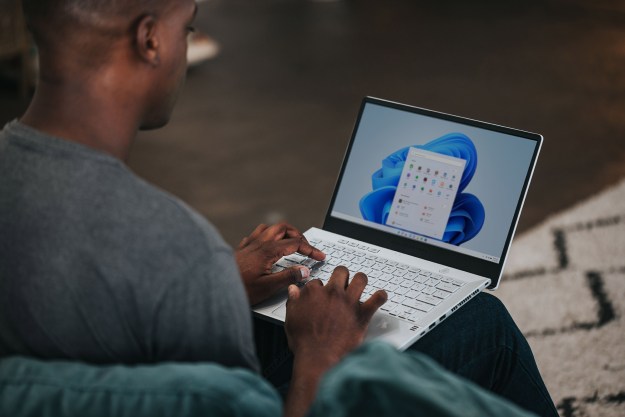 Google revealed all the new features coming to Search earlier this week, and today you’ll be able to get your hands on many of them with the release of the Chrome 13 beta. The download for the test version of the new browser is available now, and while there are over 5,000 total changes and additions, here’s the shorter, more interesting version of what you can expect to see (the total log of revisions can be found here).
Google revealed all the new features coming to Search earlier this week, and today you’ll be able to get your hands on many of them with the release of the Chrome 13 beta. The download for the test version of the new browser is available now, and while there are over 5,000 total changes and additions, here’s the shorter, more interesting version of what you can expect to see (the total log of revisions can be found here).
Instant Pages
Google one-upped its Instant Search technology with Instant Pages, a service that prerenders the top result from your search query while you review the available links. If you do end up choosing the number one option (and Google is fairly certain you will), the page will load automatically, taking out wait time. Google explained earlier this week that Instant Pages works when it’s almost entirely sure that the top results is what you’re looking for, so as not to waste bandwidth prerendering pages every time you perform a search.
Before you get too excited, some early tests have showed that Instant Pages hasn’t been universally implemented on all Google’s servers yet, so don’t be too disappointed if the feature isn’t immediately working for you.
Print Preview

Omnibox update
What would a Chrome upgrade be without a new omnibox function? The Chrome team says its “added some awesome to the omnibox by suggesting partial matches for URLs and page titles from your browsing history.” This means that using the omnibox for search gets a little bit easier and if you’ve been listening to a particular song or visiting a certain site a lot lately, Chrome will suggest the location to you right away based on your recent browsing history.
Editors' Recommendations
- How to change your language in Google Chrome on desktop
- Chrome browser to add audio and video controls to address bar


